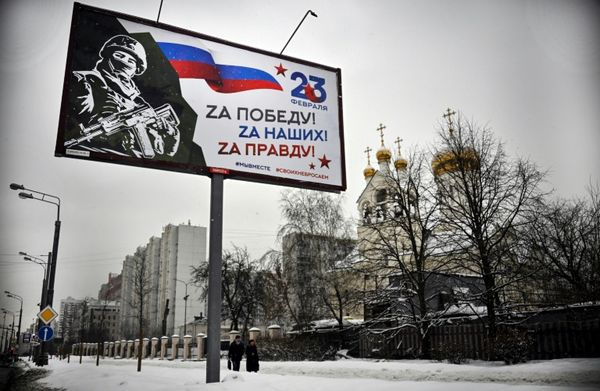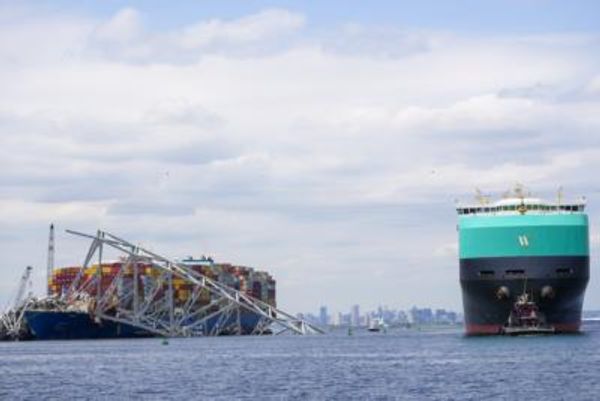
Will the imbalance slow down progress toward the next milestone: an upper-middle-income status for its 167 million people in the next 20 years? Bangladesh’s bigger neighbour can offer clues—and lessons.
The central bank in Dhaka has seen its foreign-exchange coffers shrink by 13% over the past year to $40 billion as it unsuccessfully defended the currency at about 86 taka to the dollar. Current reserves can pay for almost four months of imports. Since coverage of less than three months is considered dangerous, the loan Bangladesh is seeking from IMF appears pre-emptive (unlike in bankrupt Sri Lanka). The problem, however, is that in belatedly allowing the taka to become more competitive—it has officially eased to 95, though the currency quoted last week at 112 to the dollar in markets— authorities risk worsening an internal imbalance. A cheaper taka will quicken inflation from a nine-year high of 7.6% by raising the cost of imported energy. Shortages of natural gas are threatening power cuts through 2026, hurting manufacturers. There could be ripple effects. If the dollar crunch precipitates a deep slowdown and a surge in bad loans, rescuing the financial sector with taxpayer money may strain the government’s junk-grade credit rating.
This is where policymakers could draw a parallel with India. The first clue is that a hard-currency crunch does slow things down if it impairs domestic banking. When the Indian central bank ran out of dollars for imports in 1990-91 and India needed an IMF rescue, India’s per capita income was $390. For a $10 increase to $400, the country had to wait until 1996. It took that long partly because a quarter of Indian banking assets were non-performing.
A second lesson is that the lean years must be spent on reforms that would give the economy a fresh growth spurt: In India’s case, it meant lowering trade barriers, dismantling industrial licensing and joining local enterprises with global capital. That gave India enough fuel to nearly quadruple its 1996 per capita income to $1,500 by 2012. But because India hadn’t done enough to improve the governance of its financial system, excessive credit directed toward large projects of dubious value eventually became a dampener. Just as India was losing momentum, Bangladesh was taking off. Per capita income, a little over $1,000 about a decade ago, surged past $2,600 last year, a fifth higher than India’s. Real living standards, adjusted for inflation and differences in currency purchasing power, are still 4% higher in India, but Bangladesh has managed to narrow the gap from 11% in 2013.
What went right for Bangladesh? For one thing, it played to its strength, garnering a slice of global low-skill exports—readymade garments—in line with its share of working-age people among poor countries. India went for high-skilled software, business-process outsourcing and finance, benefiting a tiny fraction of its workforce. Research by Amit Basole, an economist at the Azim Premji University, shows the difference in outcomes: Bangladesh generated three times more employment from every 1% of output growth than India between 2010 and 2018. Over the past three decades, growth in both economies has pulled workers out of subsistence agriculture—just that Bangladesh has been nearly twice as successful. However, in Basole’s framework, what happens next may be more crucial: Does the surplus labour end up in a modern sector with high productivity growth and growing wages or, like in India, merely go from farm jobs to informal employment in construction? Bangladesh’s record here is slightly better, and that may partly explain why women’s participation in its workforce— while still low at 35%—is rising, compared with India, where it’s 21% and falling.
Bangladesh must aim for broad-based wage growth and prosperity. Leaving the club of the world’s poorest nations on the back of a 1,000-fold jump in textile exports since the mid-1980s is a stellar feat. Now comes the hard part. To get to upper-middle-income status, the average Bangladeshi has to earn 60% more. That will require credit for industry and infrastructure. But the financial system is underdeveloped: Publicly traded banks’ $150 billion in assets are equivalent to only about 40% of gross domestic product. Worse, about 40% of banking assets are earning returns of less than 0.5%, which suggests misallocation of capital. India left this problem unattended for far too long. Bangladesh shouldn’t repeat that mistake.
Andy Mukherjee is a Bloomberg Opinion columnist covering industrial companies and financial services in Asia.
This story has been published from a wire agency feed without modifications to the text. Only the headline has been changed.







